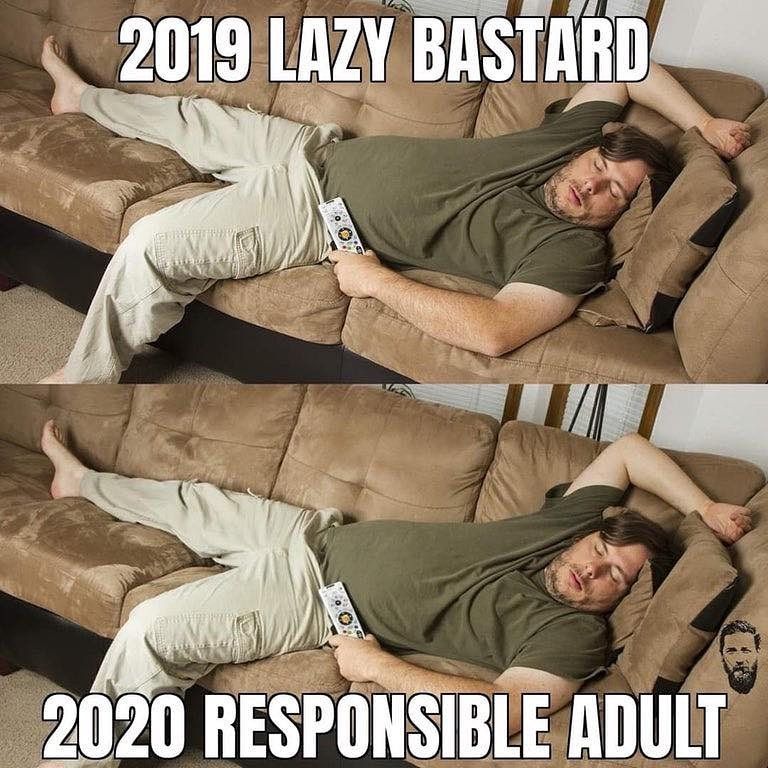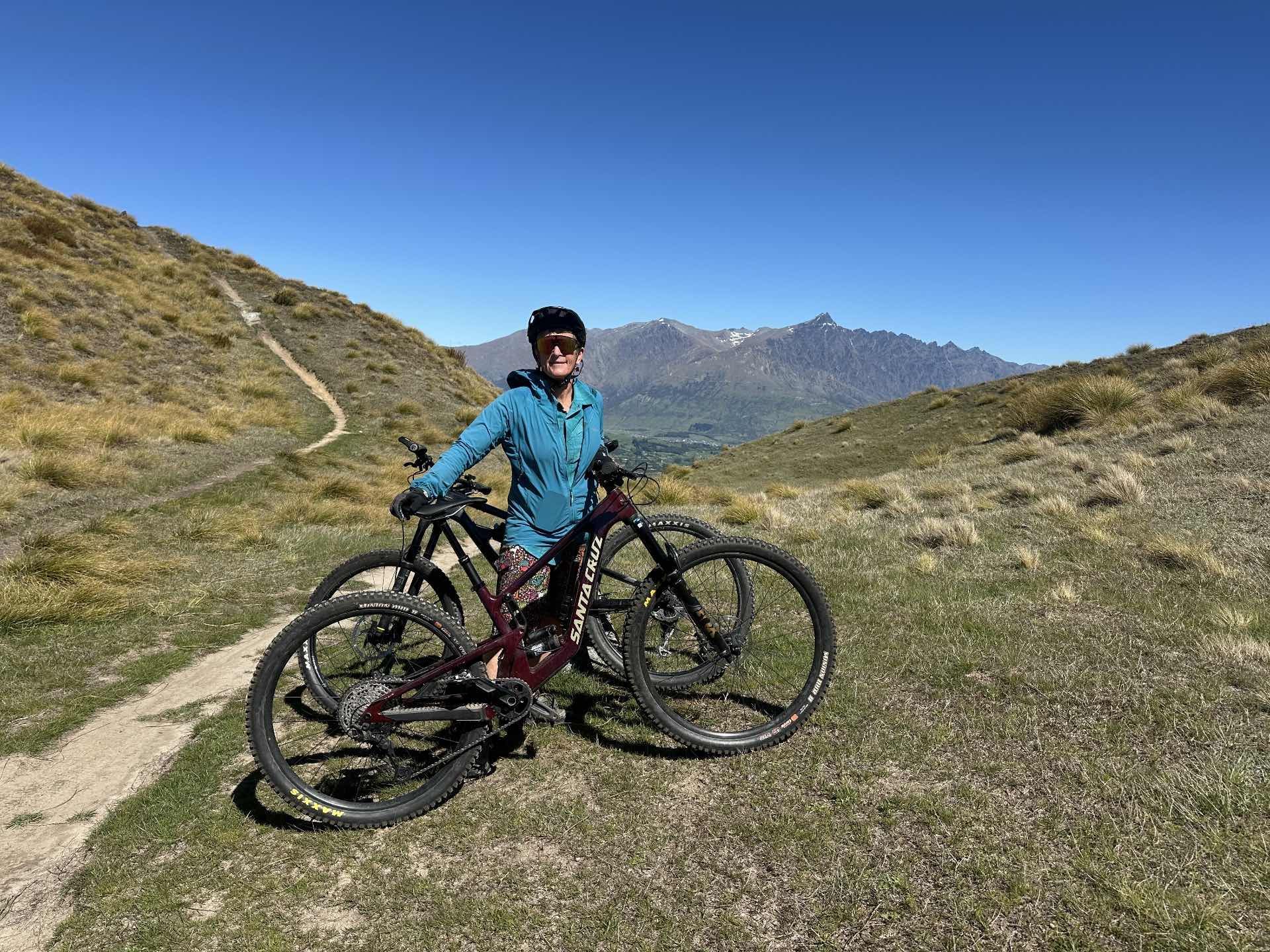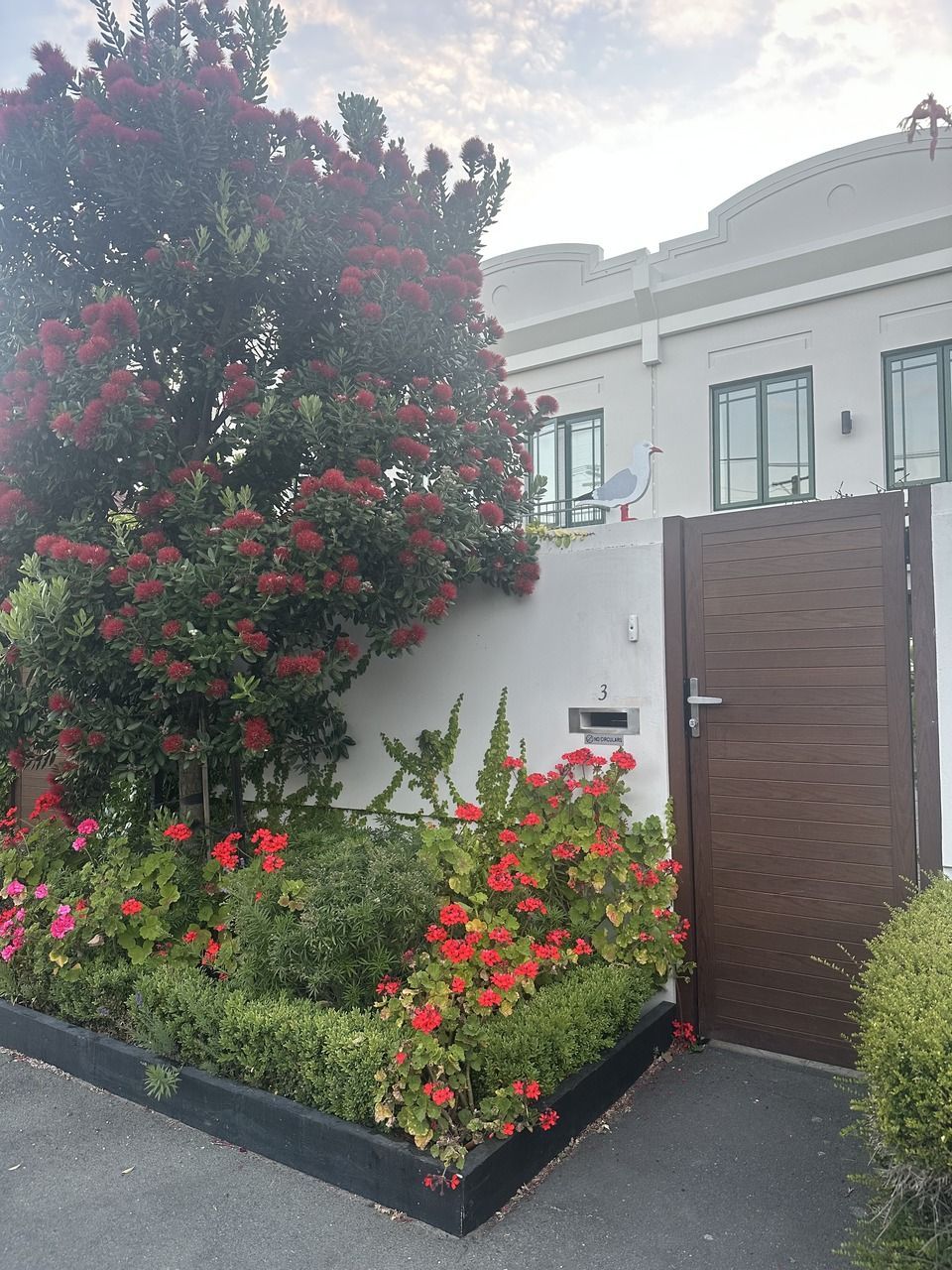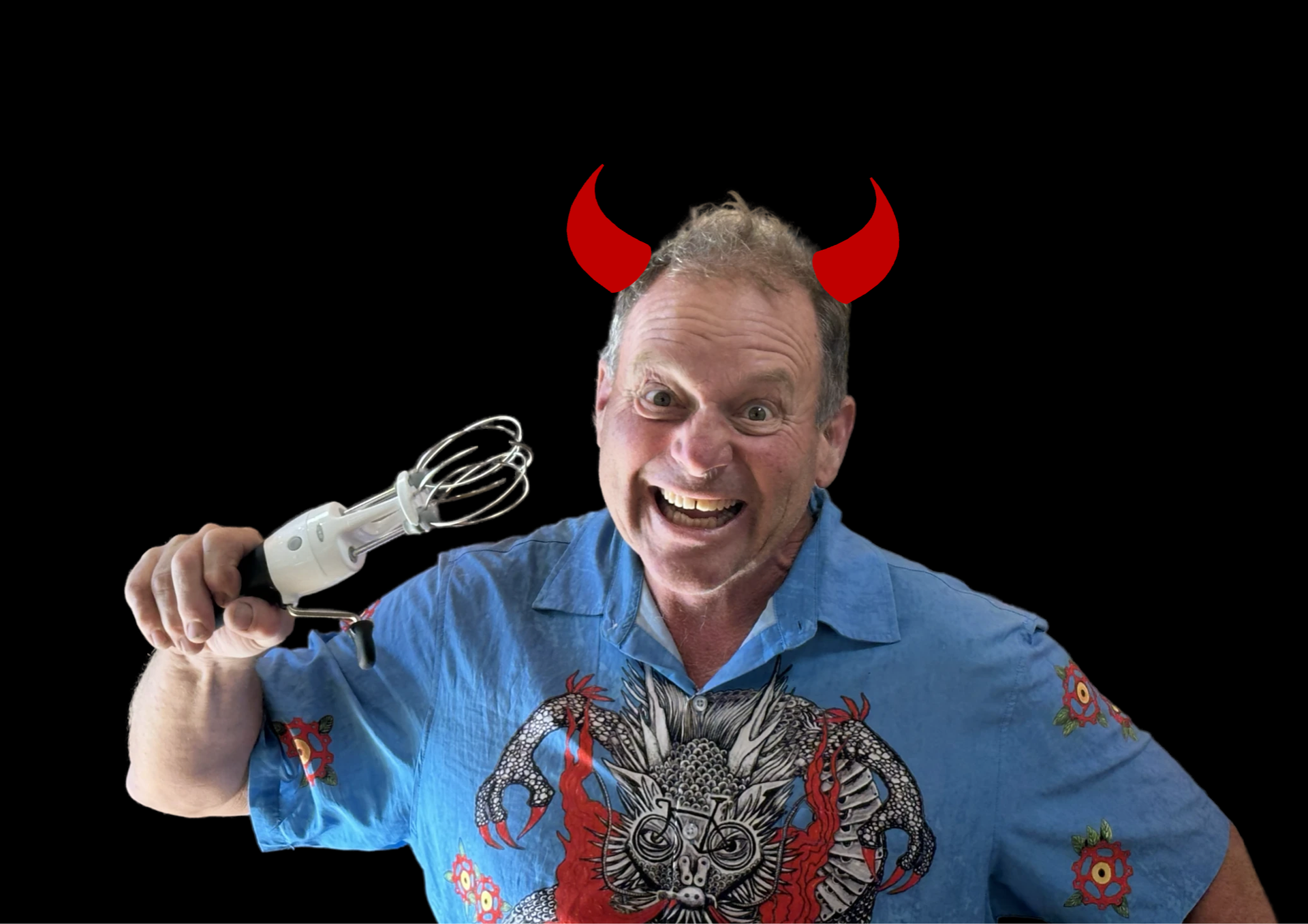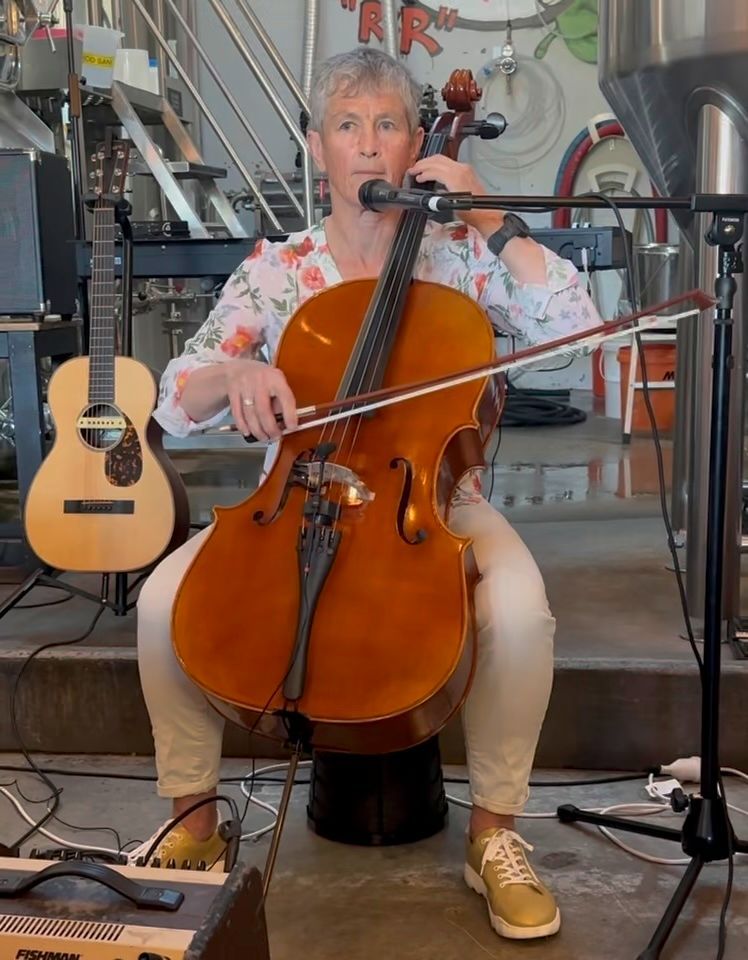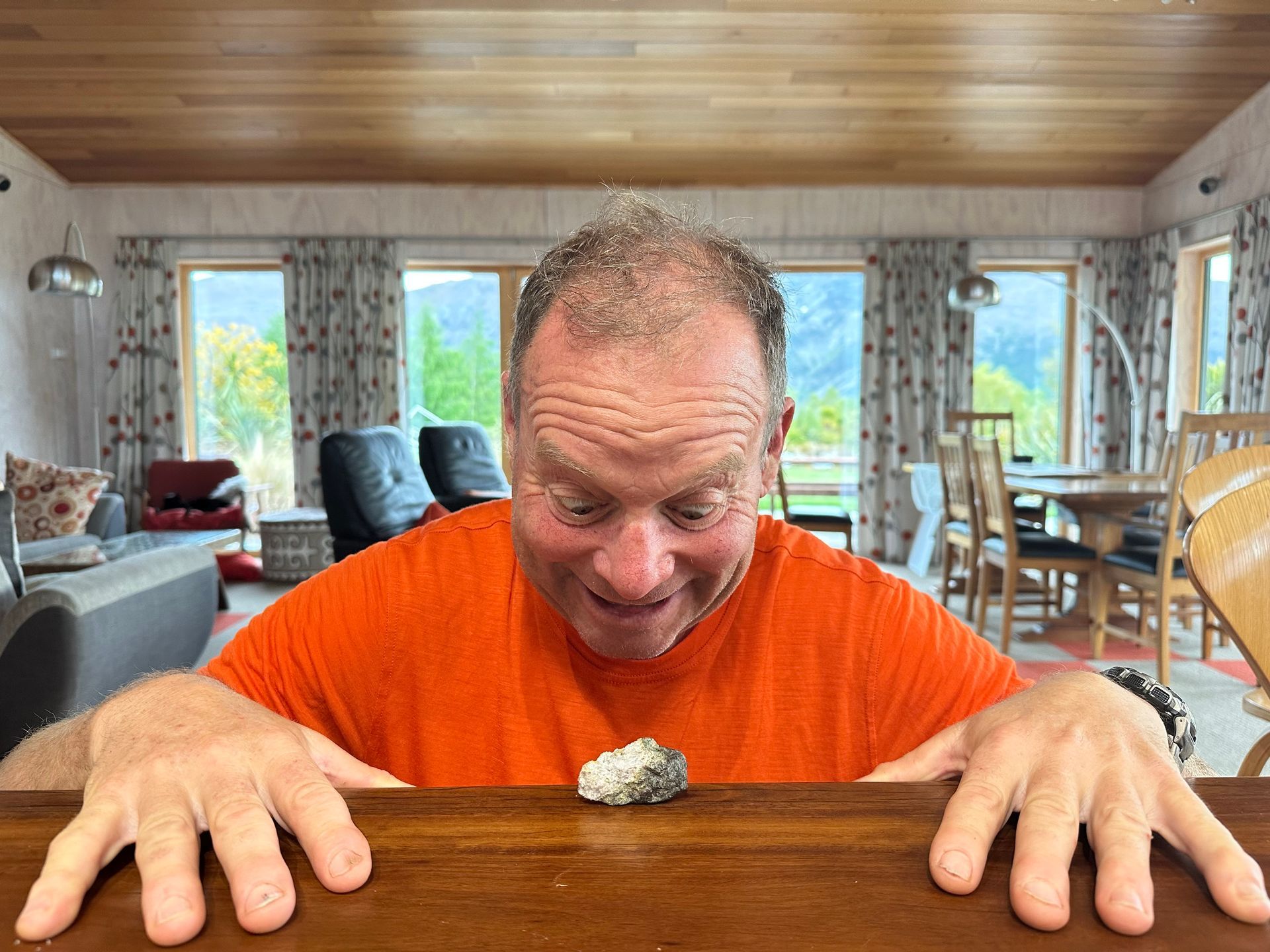Am I a grown-up yet?
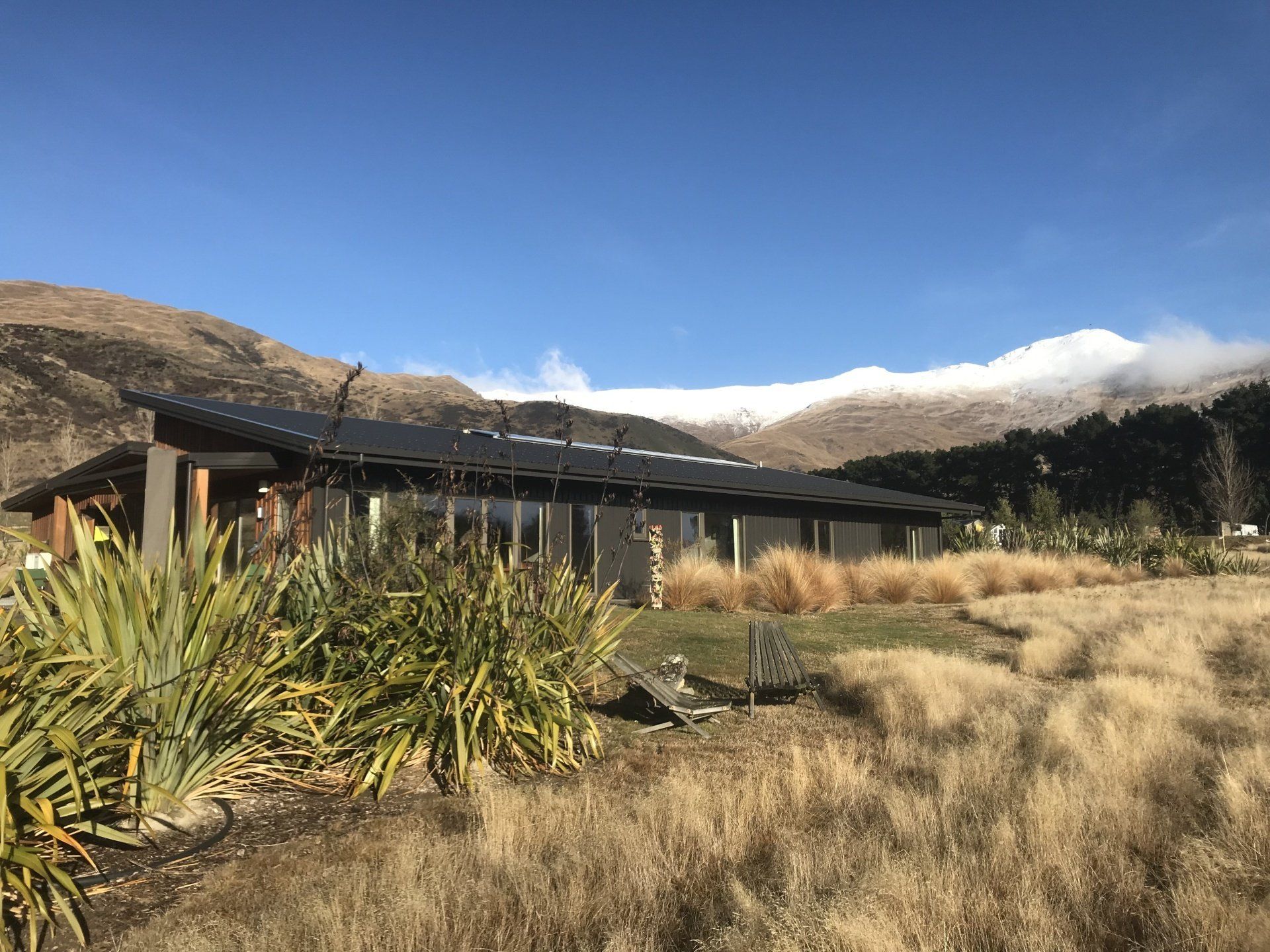
Recently I went to someone’s house in Dalefield, near Queenstown, and found myself wondering whether that house was a real grown-up house and I hadn’t realised that our house wasn’t a ‘proper’ one. I realise that this feeling might seem quite ridiculous to someone who has visited our house, which I would admit is pretty nice. So why did I feel like that?
The house I visited was truly enormous in every dimension. Its floor plan might have been 400 square metres or more, it was difficult to tell because rooms radiated off in multiple directions. It had two garages with a convertible Audi parked outside one of them. It had a huge library visible through 15m of glass windows, between the libraries. One entered through 3m high double doors to a tiled entrance hall that was close to the size of our living room, with a multi-metre high ceiling. I only got to see the kitchen-living area in detail, as that was the location for the meeting I was attending. The kitchen notably included a large living space with soft furniture, a table that easily seated 10 people and could have fitted more, a scullery, a second scullery, a refrigerated wine storage unit and a maid who had made some fresh baking for us. There was a rolling door approximately 3m high by 6m wide that led through to some other part of the house.
Did the space reduce me to feeling like a child because it was so large? I have designed our houses and one of the principles I use is that it is good to have windows, doors and rooms at a slightly more generous than average space, but not good to have them very large because they then make humans feel small. For example, a standard door is 1.8-2m high. A 2.2m high door feels spacious, a 3m door feels outsize. Houses can certainly be designed to make those entering them feel inferior!
Did the house reduce me to feeling like a child because it spoke of money held and spent way beyond what we would contemplate as normal? Wealth is very much a relative matter – to a Nepalese rural dweller Chris and I are unbelievably wealthy. Compared to Mark Zuckerberg, our degree of wealth is insignificant. Dwellings can be built to demonstrate relative wealth, including through scale, or to be inclusive of all who enter. It has been a goal of mine in our house design to make people want to enter and feel welcomed when they do enter This starts with a front door where one can see the house inhabitants, rather than arriving at a wall through which one may be allowed to enter, or may not, depending on the whim of the invisible person on the inside. In addition, design should help people feel that they might like to copy attractive aspects of it in their own dwellings, not that the house is far removed from their reality.
Whatever the reasons for the house design I experienced (and I don’t believe that the owners of that house deliberately wanted to reduce people in size when they enter) I think many of us can be subject to sudden feelings of being reduced to child-status, triggered in different ways. When life moves outside your control, as it has in the COVID-19 era, you are thrown back into a mental state of helplessness which triggers visceral memories of being a child.
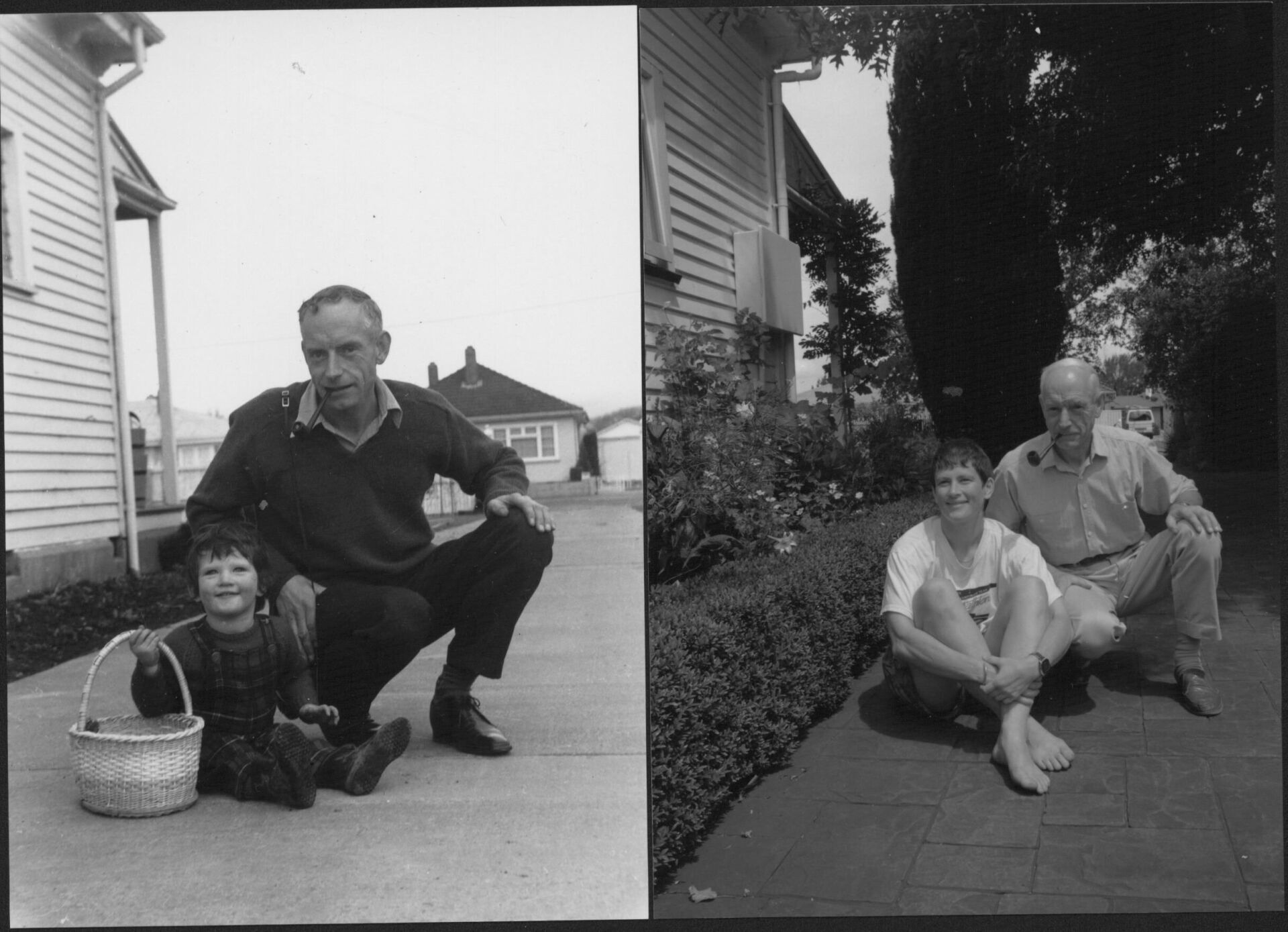
The other side of the adult-child equation is when you are a child you want to grow up. When will I be allowed to…eat as much cake with cream as I want? Go out with my friends when I want? Stay out as late as I want? Have sex with my partner? When I talked with Sarah about the latter matter, I suggested that the right time to start having sex was when you were capable of dealing with the consequences, which could be synonymous with being an adult! As a child, you look forward to that future state of being an adult, when the world will be your oyster, and you will be deluged with a set of responsibilities about which you, as yet, have no clue.
I had an interesting, and related, conversation with Shaun Hendy at the University of Auckland last week. Shaun leads the team that is doing the epidemiological modelling on which the New Zealand government is making decisions regarding managing COVID-19, including around timing and nature of lockdowns. Shaun talked about leadership, stepping up and the need to do so when there is no-one driving the bus. As a child we mostly assume there is a bus driver, and they are competent in that role and don’t think about it much further. As we age, we may well become more questioning of the bus driver’s competence. However there is a whole other level of questioning that investigates whether there is a driver at the front of the bus, or whether we are all on a magical mystery tour with no guide, and many people never get to that level.
Shaun was mentored by Paul Callaghan , a world-leading physicist and entrepreneur who drove a lot of thinking in New Zealand’s research and innovation system until his death in 2012. Sir Paul’s influence on Shaun included giving him the inspiration that he should step up and be a leader when the bus driver appears absent. This led to Shaun’s team carrying out epidemiological modelling on COVID-19 before anyone was asking for modelling to be done, and before any New Zealand organisation was willing to pay for it. Shaun asked whether the government would like to fund the modelling in Feburary 2020 as the need became apparent, however no flexible source of funding could be found. So Shaun figured out he could finance the modelling through doing away with his research group’s (the Centre of Research Excellence Te Punaha Matatini ) travel budget for 2020. The team’s modelling was showing that travel was not going to be happening for a year or more, on the basis of the likely spread of COVID-19. New Zealand was both lucky and sensible to have built such resilience into our research systems – there was a leader and a team that could step up and do the work, without waiting for or needing central bureaucratic approval.
One could consider that recognising the absence of a bus driver and stepping in to act might be another definition of grown-upness. The funny thing is though, even when you are driving the bus, there is no necessary protection from being mentally thrown back into a primal state of feeling childlike. It’s that feeling of, there must be other people who know more than me and would be better at managing the steering wheel. However, if no-one else is stepping on board and taking the wheel, it just might be that you are the best, or the only person to do the bus driving. This is as adult as life gets.
